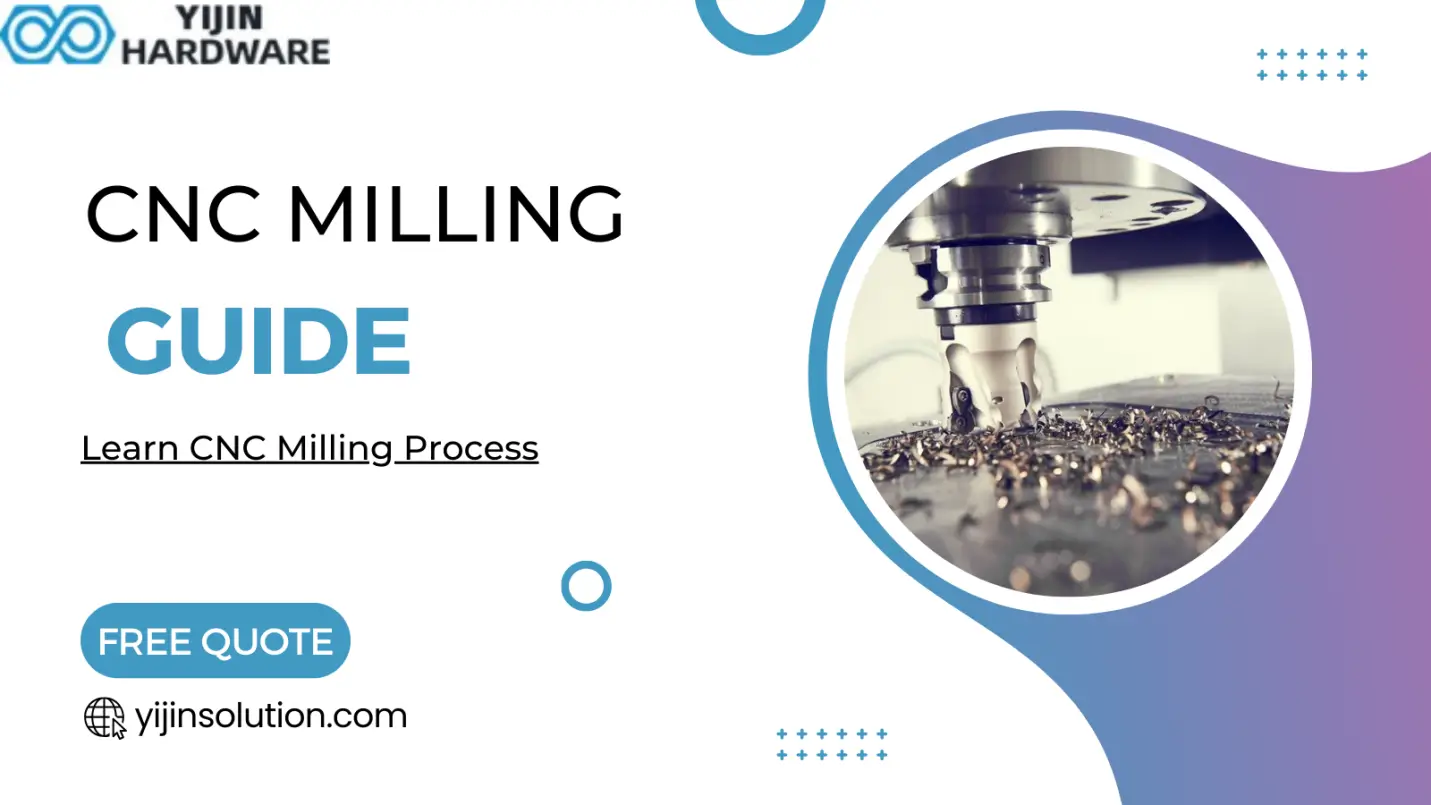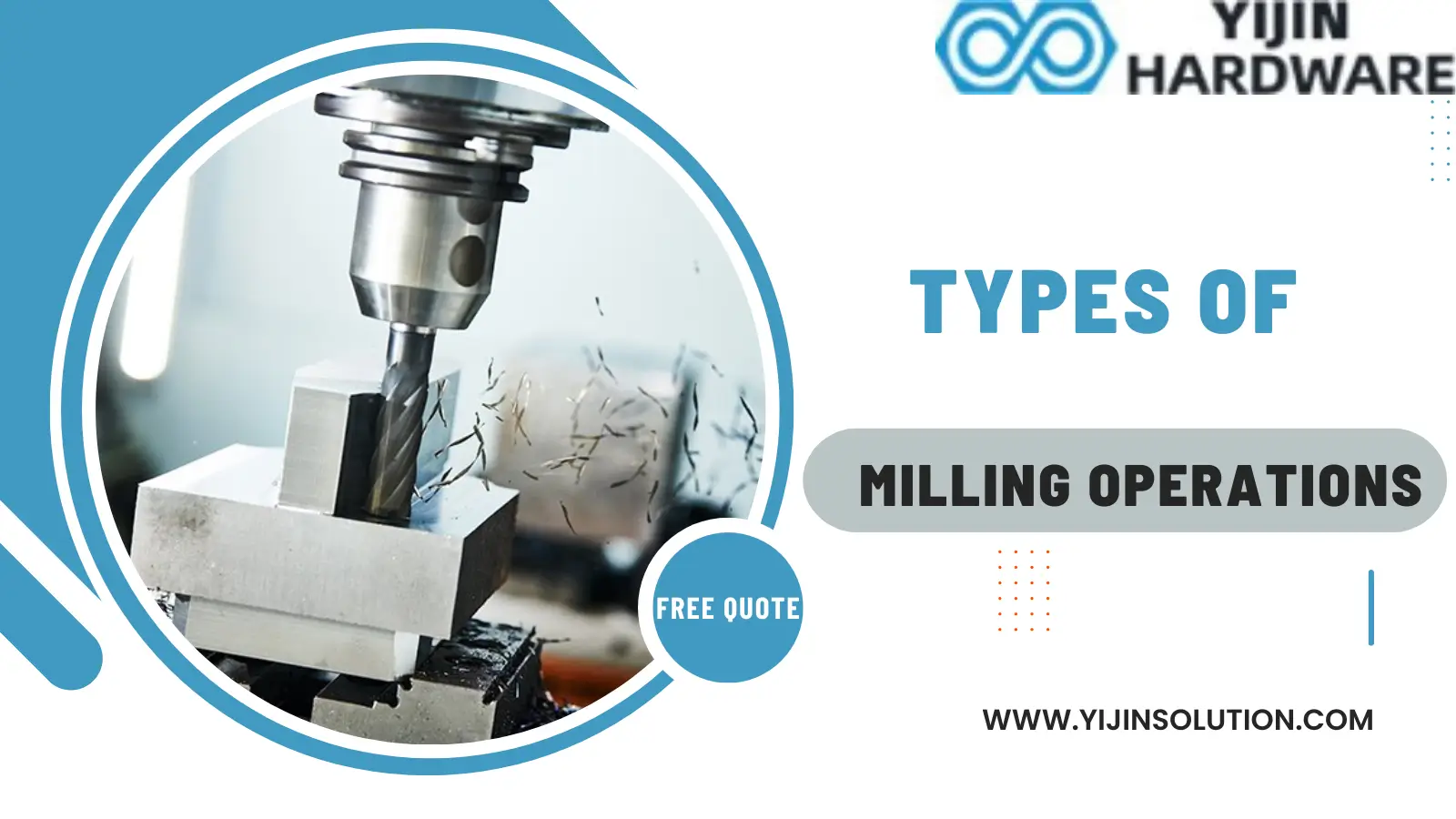When you do CNC milling, you hold the material in place while the cutting tools rotate around it. On the flip side, CNC turning means you have to keep the tools in one spot while the material is spun really fast to make the perfect shape.
Now that we’ve talked about the difference between cnc milling and turning let’s dive a little more into each process.
What Is CNC Turning?
You may wonder why CNC turning is a relatively new vision; it actually comes from one of the oldest and simplest forms of designing parts – the use of the lathe. The machines are either horizontal or vertical, relying on the weight and tolerance of the workpiece. The raw materials used are usually round but can be square or hexagonal.
The main operation of a CNC turning center is to spin (‘turn’) the workpiece while the machine’s tools move in to take away excess material to create the preferred shape. To begin with, the material is kept in place by an instrument known as the “chuck,” which then spins at different speeds according to the specifications of the machine.
CNC turning is really the go-to method when you need to create cylindrical parts like custom hollow tubing and shafts. while it’s true that 5-axis machining can handle these components. But CNC turning is usually much more cost-effective and efficient. So, if you’re working on a project that requires these kinds of parts, sticking with CNC turning is definitely the smarter choice.
What Is CNC Milling?
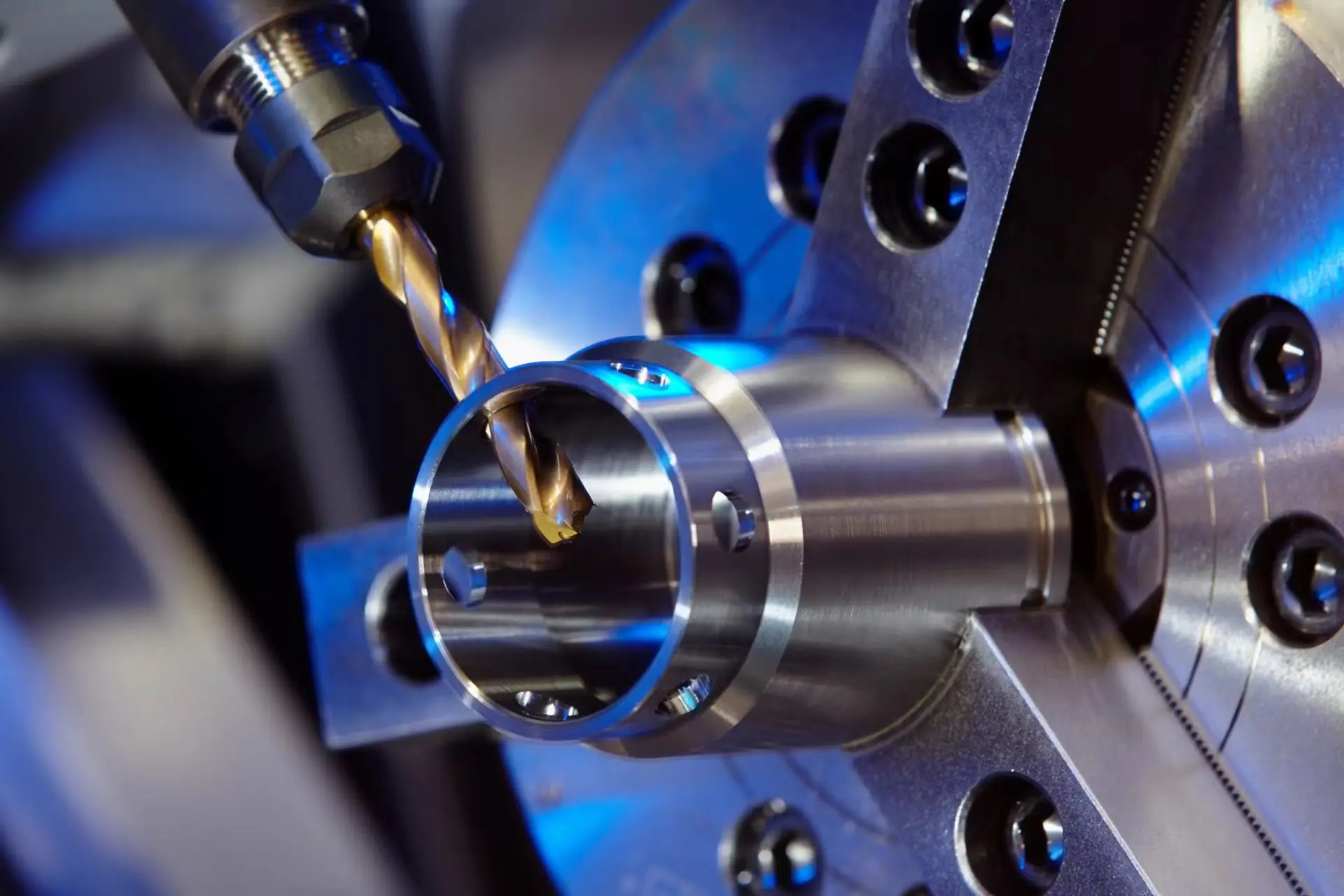
Unlike CNC turning, which typically only uses a single-point cutting tool, CNC milling uses various axes. The more traditional is the 3-axis machining , which allows the cutting tool to rotate in three directions – X, Y, and Z.
Restricting the process to only three dimensions can set a few limits to the geometry of the part that can be created. It is enough to complete most of the processes requiring milling services. A wide range of different milling tools also provide different cutting methods such as end milling, hollow milling, and face milling.
The most common of these machines run on a 5-axis, which is capable to form pretty much anything that can be fabricated by CNC machining.
However, It is worth noting that using a 5-axis machine is more expensive than its 3-axis counterpart. This high level of capability makes CNC milling ideal for more complicated components, such as custom tooling, intricate mechanisms, enclosures, and engine parts.
Learn More:
How Much Does CNC Milling Cost?
CNC Turning vs CNC Milling: What’s The Difference?
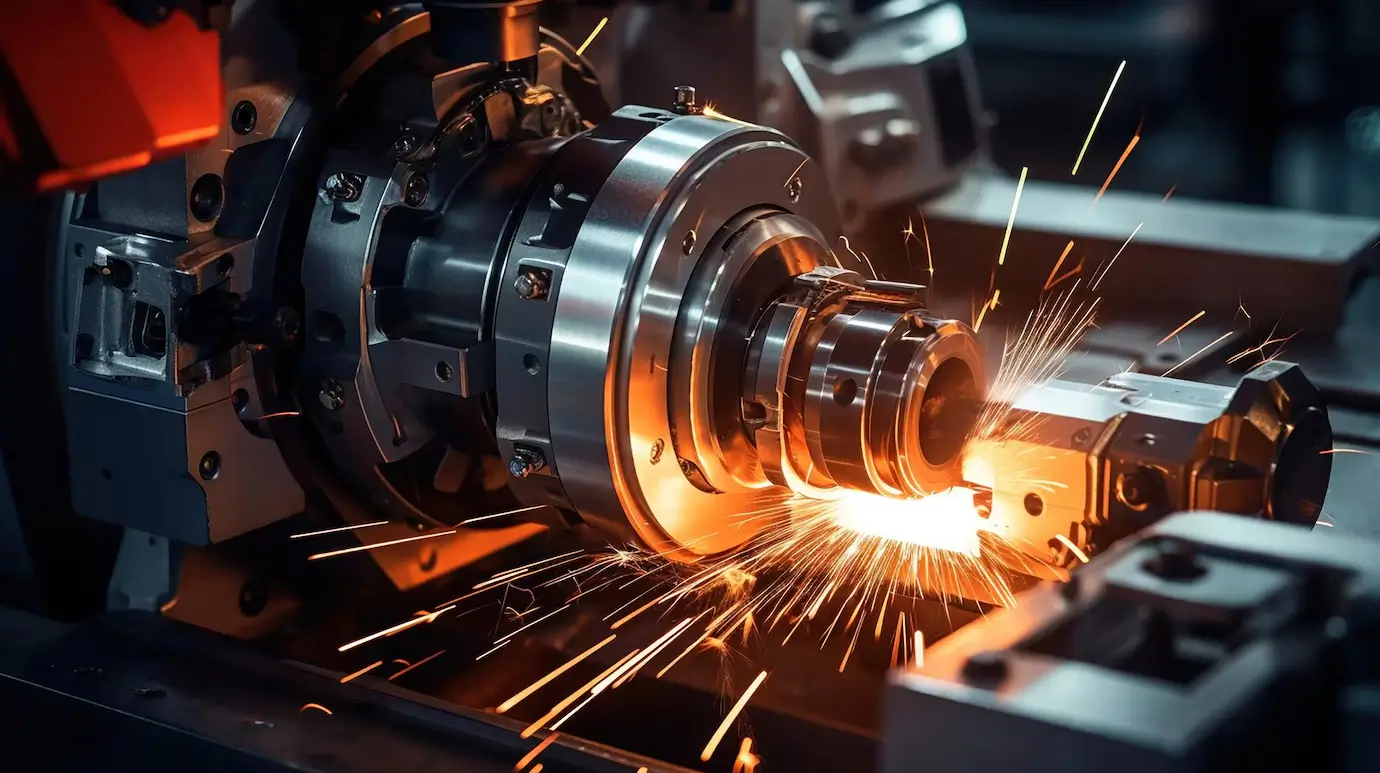
Whenever you compare difference between CNC turning and CNC milling, check the big difference. And that is how the cutting tool and the workpiece move.
With CNC turning, the workpiece rotates at a set speed, and the cutting tool stays in one place.
On the other hand, CNC milling works a bit differently. The workpiece stays put, and the cutting tool moves around it, removing extra material. It’s pretty cool how each method has its own unique approach! The way we move around affects the shapes and sizes that each method can make the best.
You know, somehow, it might seem direct, but there’s actually a lot more to this process than you might think. Let me share a few more ways CNC turning and milling are different from each other.
Tool Features:
So, when it comes to CNC turning, the cutting tool is single-point, but for milling, it’s multi-point.
Uses:
CNC milling is great for flat and irregular surfaces, while CNC turning is widely used for working on cylindrical or conical shapes.
Cutting:
CNC turning includes continuous cutting, with the tool maintaining regular contact with the workpiece. CNC milling uses periodic cutting, where the cutting teeth continuously engage and disengage from the raw material.
Chips:
CNC milling always produces discontinuous chips, while CNC turning can produce discontinuous, continuous, and fragmented chips
Above mentioned are some of the key variances that exist between CNC milling and CNC turning. Also, it is important to highlight that many manufacturers often use both CNC turning and CNC milling processes in the production flow. A qualified engineer will be able to get the combination and control rights.
CNC Turning Or CNC Milling: Which One To Choose?
The next question is, which one is better for your project? Well, if your piece is axially symmetric, you’ll probably want to consider CNC turning.
As long as the base material is suitable for turning, a lathe or turning center can effectively manufacture your part to precise dimensional tolerances. They even manufacture for relatively large lengths and diameters!
If your project has a more complex geometry than CNC turning, you may want to consider CNC milling instead. Milling can produce a countless variety of shapes and, like CNC turning, can meet extremely tight tolerances.
Read More: CNC Machinig vs Manual Machining
CNC Mills vs. Lathes: Applications In Custom Parts
CNC mills and lathes are crucial in creating custom parts. They are used in several industries today. They include electrical, woodworking, and metalworking, automotive, medical, aerospace, motorcycle industries, etc.
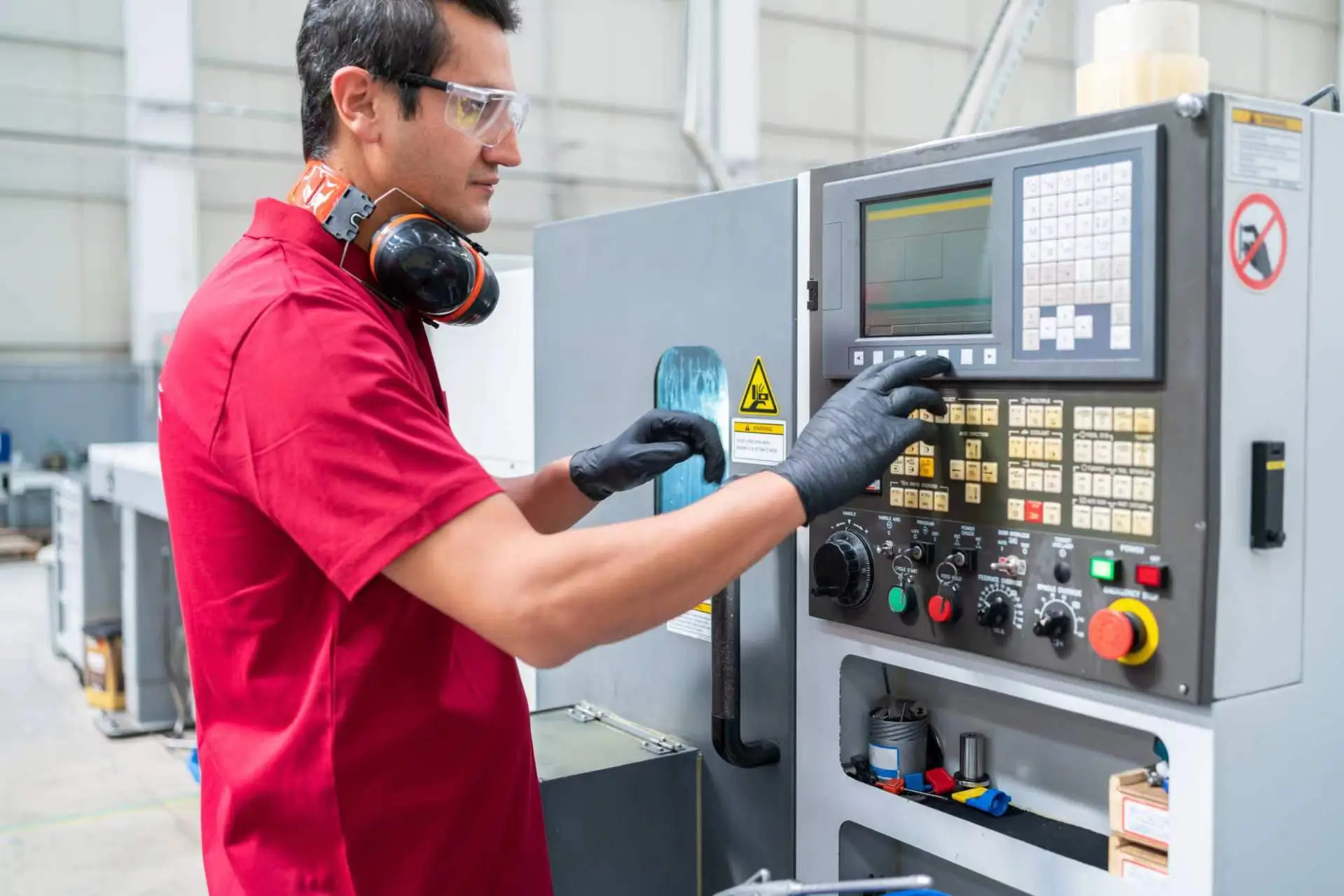
Check out the applications of milling vs cnc in custom part below:
Applications of CNC Lathes:
CNC turning is well-suited for the following applications:
- Pins, Shafts, and Tubes.
- Rods, Bars, and Billet
- Wheels, Pulleys, and Bushings
- Pistons and Cylinders
- Gears and Hubs
Applications of CNC Milling:
CNC milling is mostly well-suited for workpieces that aren’t cylindrical, as they don’t need to fit into the turning center. Below are the applications:
- Plates, Panels, and Sheets
- Bases and Frames
- Housings, Covers, and Bodies
- Cutting Tools such as Knives and Blades
- Manifolds and Blocks
Top-rated CNC Milling And Turning Services At Yijin Hardware
![]()
Yijin Hardware, a top notch CNC machining services provider, has been rendering extremely accurate milling and turning services to numerous industries. We are the right people when it comes to CNC turning or milling.
Yijin Hardware with improved technology, along with excellent skills in CNC machining brings to the market metal/plastic custom CNC turned parts that are not only high-quality and cost effective but also meet your creativity expectation at high levels.
When it comes to CNC milling services, we can assist you with the best CNC milling service that fulfills your high benchmarks from production to delivery.
Why Choose YIJIN Hardware?
- At YIJIN Hardware, we’re all about making sure every part we create meets top-notch quality and accuracy.
- Whether your design is simple or super complex, our CNC milling and turning services are super versatile – we can handle a wide range of projects with ease.
- We support the idea of getting connect with people is important. This will enhance our capacity to provide better solutions that are over expected results by clients.
Don’t wait any longer. Yijin Hardware is where you should get your professional CNC turning and milling services whenever they are needed. It is the best place to be supplied with CNC turned parts in China since we can do all your design requirements here.
FAQs
When should I use a Turning or Milling Machine?
CNC turning is a good choice for creating cylindrical parts and symmetrical shapes. Whereas, milling is good for creating flat surfaces and complex shapes.
What is the difference between a mill and a lathe?
a CNC milling machine focuses in removing materials from a workpiece to create flat surfaces or intricate shapes.
CNC lathe works by rotating a piece of metal against a cutting tool. It shapes it into cylindrical parts.
How accurate is CNC milling and turning?
CNC milling machines are famous for their tight precision and ability to handle tight tolerances. It all depends on what kinds of material you’re using and how complex the part is.
What materials can be used in CNC turning and milling?
Well, CNC turning is pretty versatile. It works great with metals such as aluminum, steel, and titanium. You can also use it with plastics and even wood, which makes it handy for a variety of projects.
 Call Us Today! (+86) 188-2253-7569
Call Us Today! (+86) 188-2253-7569

